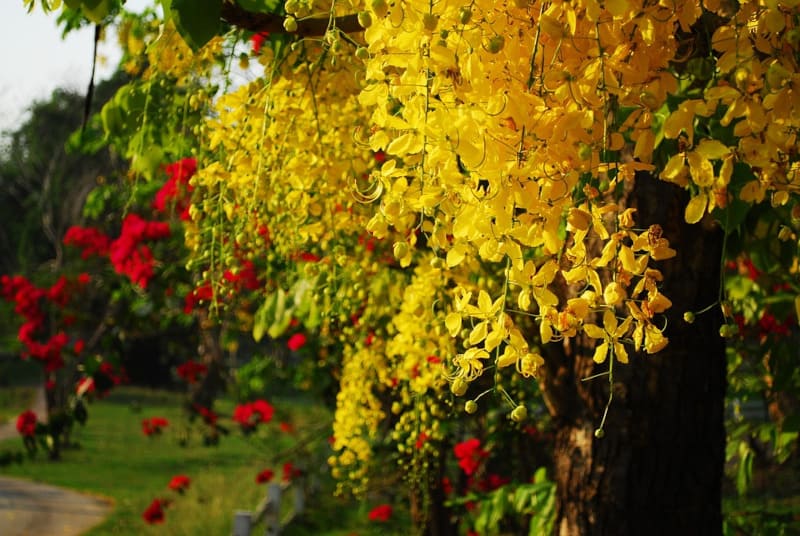
Golden Shower Tree Facts
- This enchanting product of Nature and evolution most frequently goes by the apt common name of the Golden Shower Tree. It also has other general monikers, though. These include pudding-pipe tree, Indian laburnum, and the purging cassia.
- In scientific circles, however, the plant’s better known by its official technical name. Thankfully, that’s a much more pronounceable term than others. That’s because botanists, researchers, and other professionals know it better by the term Cassia fistula.
- This natural marvel received that name due to the efforts of the esteemed Swedish botanist, Carl Linnaeus. He accomplished the first recorded recognition of it as a separate and distinct species. This scientifically noteworthy deed occurred in 1737.
- Regardless of the term one chooses to use when referring to it, the plant stands out for its beauty. Due to its copious visual appeal, it’s now a popular ornamental plant in some areas. Intriguingly, herbal medicines also use parts of the plant in some regions.
- Thankfully, the population base of the Golden Shower Tree seems to presently be both stable and sufficient. That fortunate situation also appears to hold true throughout the entirety of its native range. The IUCN therefore lists the tree as Least Concern.
- Despite this, the stunning Angiosperm still faces several potential threats to its existence, at least. In the wild, these include habitat loss due to human expansion. Like all species, its greatest danger, though, most likely comes from ongoing climate change.
Related Articles

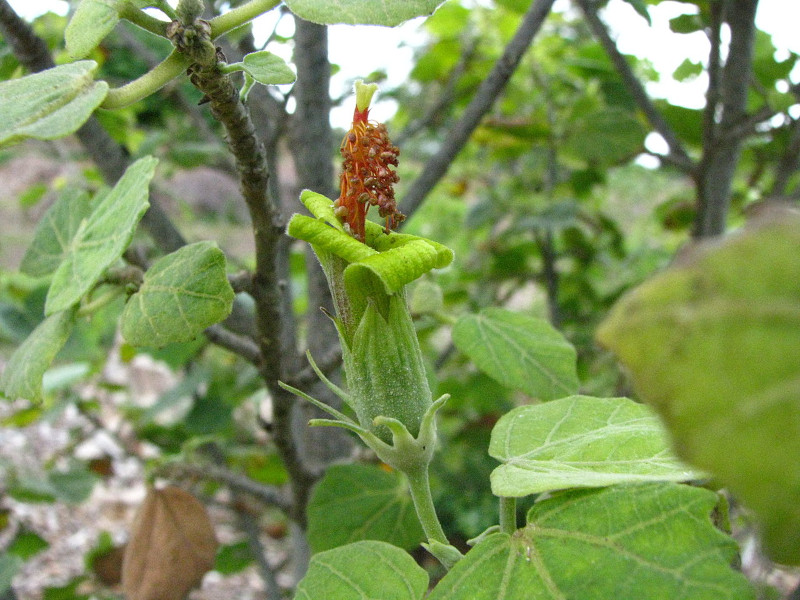
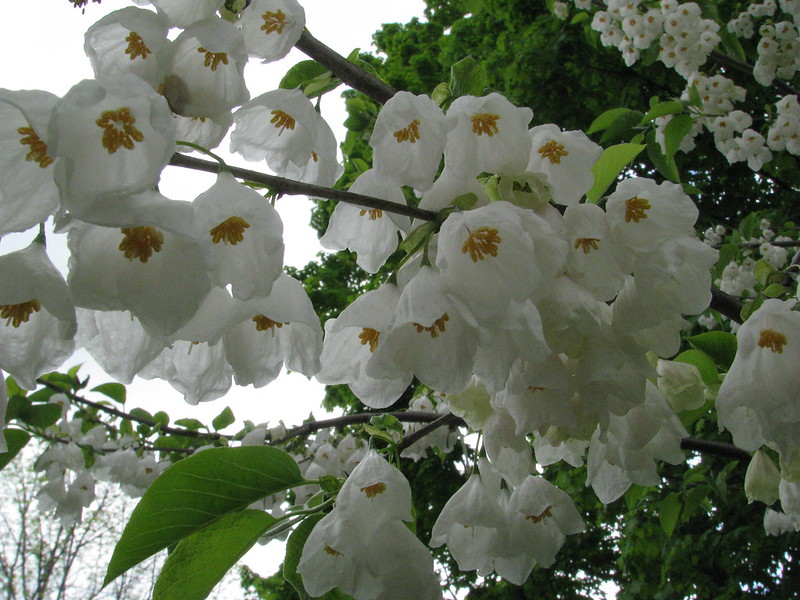
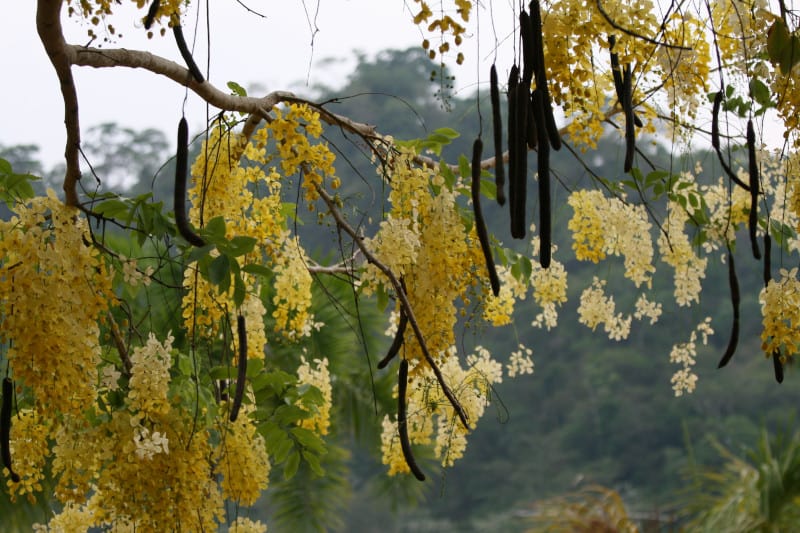
Golden Shower Tree Physical Description
Much like many flowering trees, the magnificent Golden Shower Tree impresses those who encounter it. In its case, however, it does so in several ways. That’s true since it’s both a beautiful botanical specimen, and one possessed of respectable physical dimensions.
Technically, this creation Nature ranks as a medium-sized variety of tree. The full growth of the Eudicot varies significantly, though. This mainly occurs due to environmental variations, though. As a general principle, specimens range in height from 33 – 66 ft (10 – 20m).
Typically, the trunk of this remarkable species grows relatively straight. That same part of the tree generally remains relatively thin, as well. This has a bark that’s pale gray and smooth when young. As it matures, this covering changes to rough and dark brown in color.
Its foliage developed as deciduous in nature. These grow attached to short, comparatively thin stems. They also tend to appear in a spiral pattern from that. Lengths vary widely, but average roughly 6 – 24 in (15 – 60 cm). In color, these usually show a light green shade.
The fruit of the gorgeous Golden Shower Tree intriguingly manifests as a type of legume. These attain an impressive length measuring an average of 12 – 24 in (30 – 60 cm). Its dark black color contrasts sharply with the rest of the tree. Seeds are numerous and a light brown.
Yet it’s the flowers of the plant that properly garner the most attention. These develop on long, thin stems that dangle under their weight, inspiring the name. Appearing in large numbers, they average 1.4 in (3.5 cm) in diamter. In color they present a vibrant yellow.
- Kingdom: Plantae
- Phylum: Tracheophytes
- Class: Eudicots
- Order: Fabales
- Family: Fabaceae
- Genus: Cassia
- Species: C. fistula
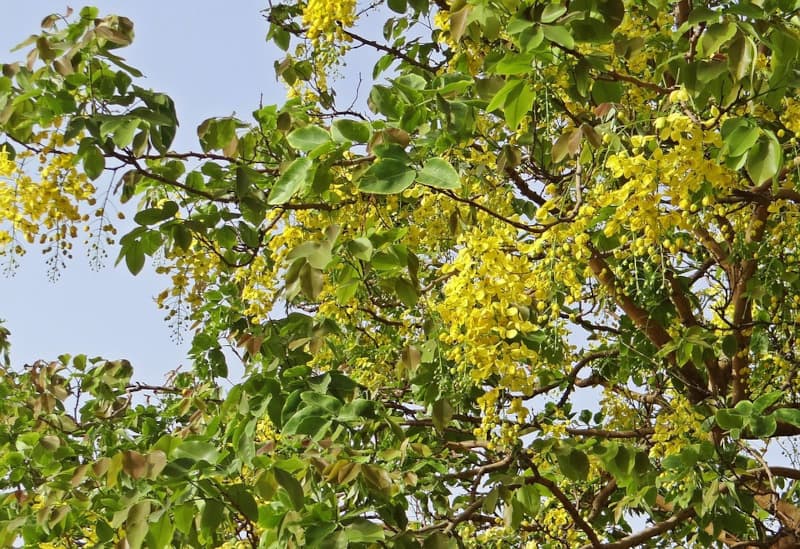
Golden Shower Tree Distribution, Habitat, and Ecology
The habitat range of the breathtaking Golden Shower Tree won’t surprise those familiar with that region of the world. That’s due to the fact that its zone of habitation is a portion of the world already renowned for its abundance on botanical wonders. It’s native to Asia.
More specifically, the amazing flora developed as endemic to the southeastern portion of that continent. There, its known range extends from southern Pakistan through Sri Lanka and India. From there, its natural area goes on to Thailand, Bangladesh, and Myanmar.
As an evolutionary advantage, the marvel’s clearly adapted to a range of habitat types. It mainly appears in tropical forest, but also makes its home in subtropical ones as well. It further appears at altitudes ranging from sea level to as much as 4,265 ft (1,300 m).
Expanding on this versatility even more, though, it also thrives on shallow, dry mountain slopes. It further does equally well in either loamy or dry soil. A mild preference for volcanic and calcareous soil manifests, though. It also resists drought and moderate shade, too.
The delightful Goden Shower Tree accomplishes pollination via the actions of a relatively wide range of insects. These beneficial insects include both various species of butterfly and bees. It’s also especially popular among carpenter bees, such as the Violet Carpenter Bee.
It primarily propagates through random seed dispersal, as most trees. In some instances, however, certain mammals potentially aid in this. Direct observation by a researcher in 1911 noted golden jackals feeding on the fruit. These later spread the seeds via their droppings.
Species Sharing Its Range
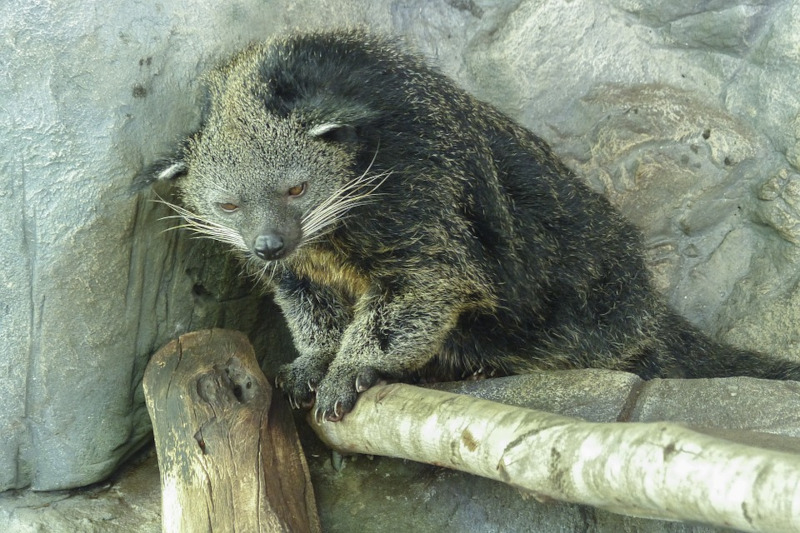
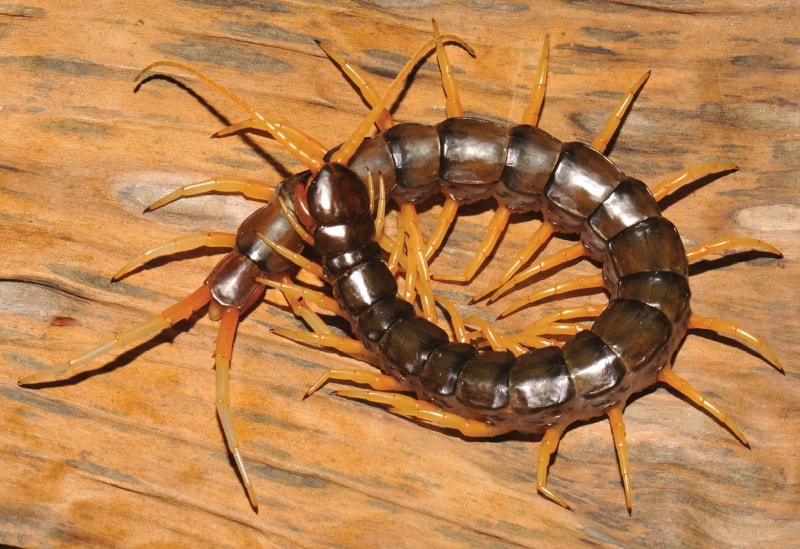
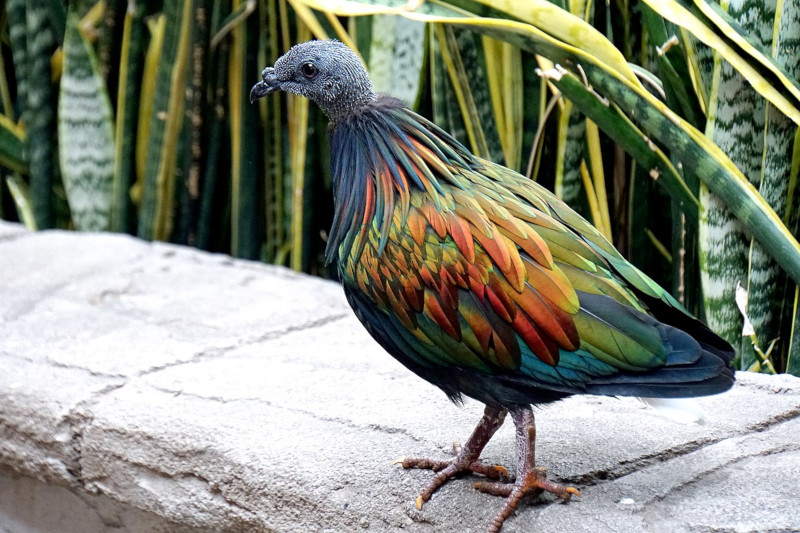
Check out our other articles on 4 Magnificent Birds of Mexico, Snowflake Moray, Victoria Falls, New Guinea Crocodile, Common Bottlenose Dolphin, Army Green Moth, Purple Frog









Leave a Reply